On the vast land of China, mountains and rivers crisscrossed the country, rivers and beautiful scenery are everywhere.
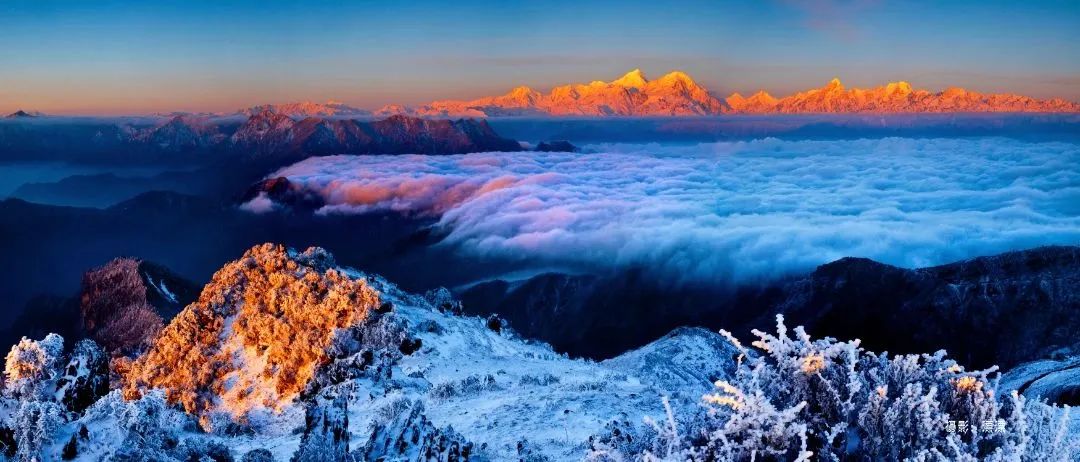
Source: International Mountain Tourism Alliance Gallery
In the picturesque Chinese land, the unique natural landscapes were picked out, and given the "No. 1 in the world" names.
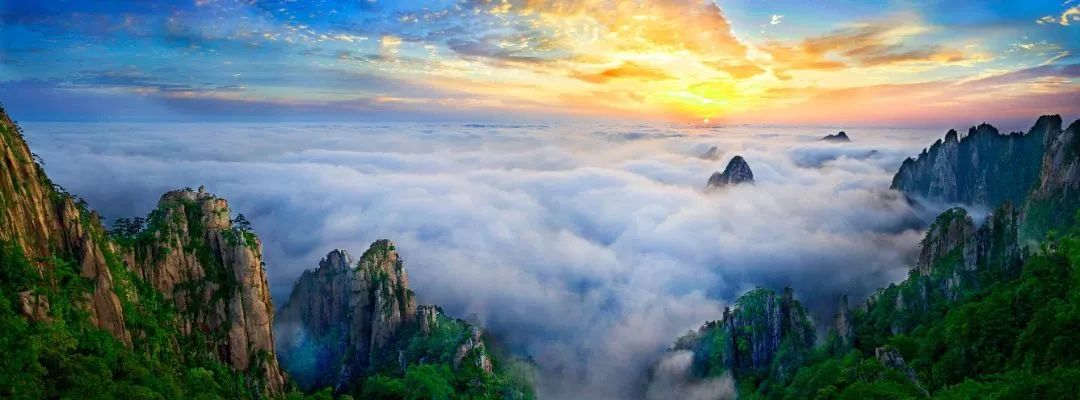
Source: International Mountain Tourism Alliance Gallery
What is so special about these "No. 1 in the world"? Today, come with Mr. Mountain to find out.
The world's first mountain: Mount Tai
Since ancient times in China, there has been a saying that "When Mount Tai is safe, the whole world is safe". As a cultural symbol, Mount Tai has long been deeply imprinted in the thinking of the Chinese people.
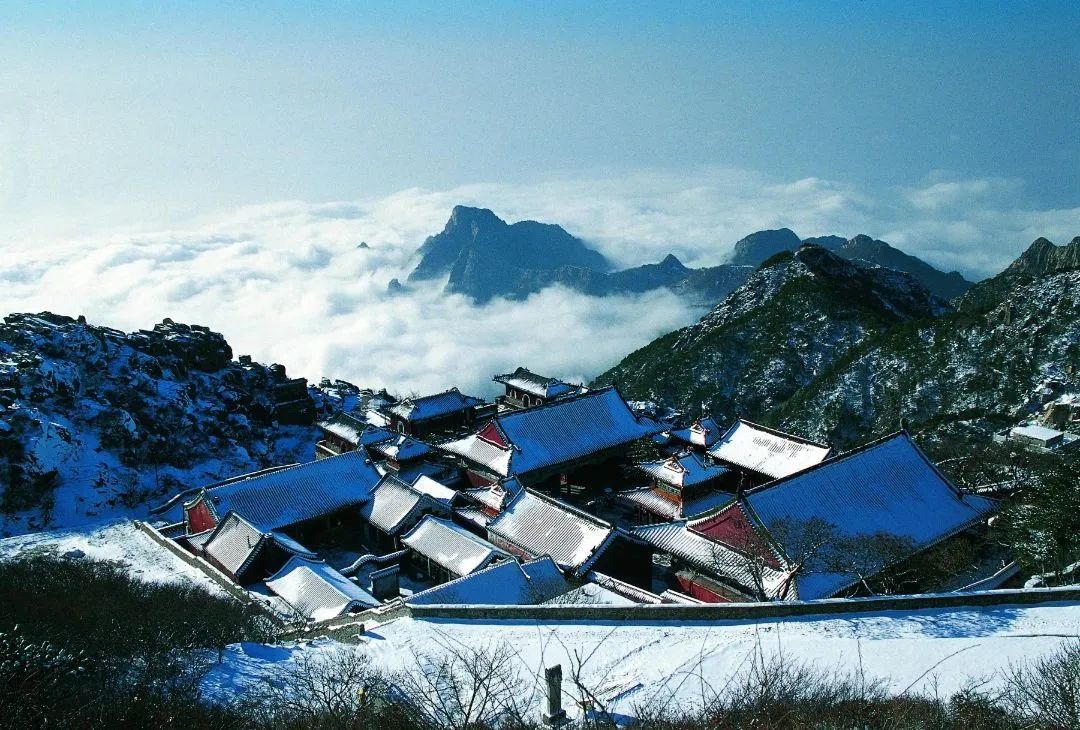
Source: International Mountain Tourism Alliance Gallery
Mount Tai has overlapping mountains, stacked with heavy body, accompanied by pine trees, boulders and surrounding clouds, forming a solemn and magnificent scene. With more than 20 ancient buildings and 2,200 stone tablets and engravings scattered throughout the mountain, Taishan is one of the world's rare tourist attractions that combine history, culture and nature.
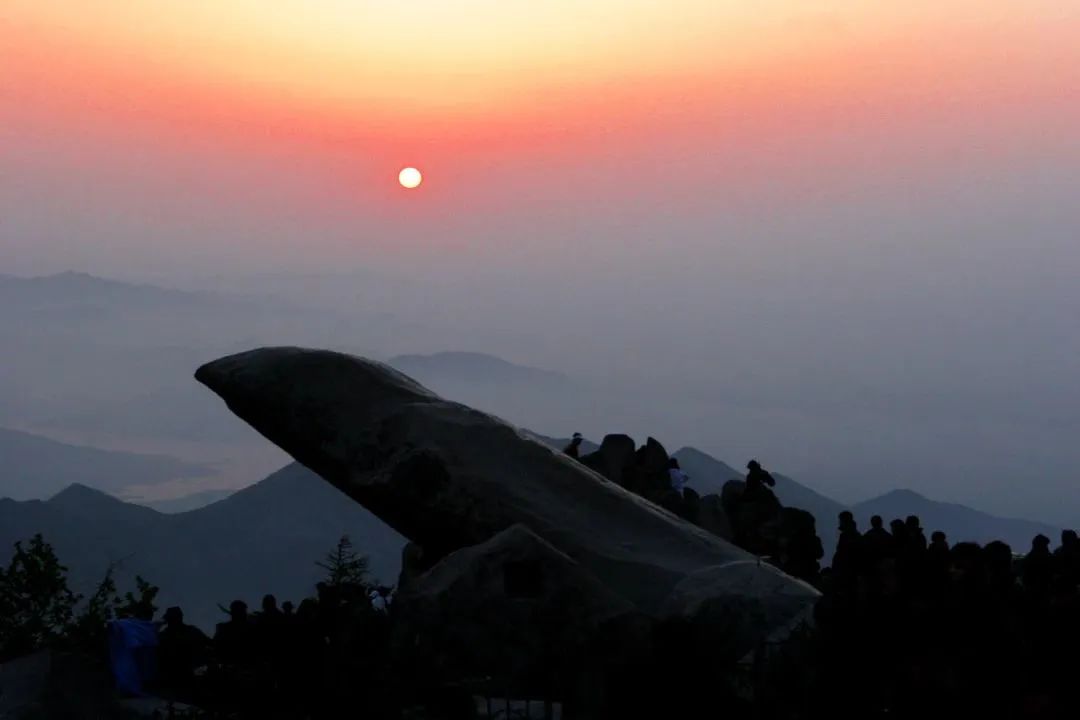
Source: International Mountain Tourism Alliance Gallery
The world's first adventure mountain: Mount Hua
Mount Hua was called "Western Mountain" in ancient times. Mount Hua is not only magnificent and dangerous, but also precipitous, with lofty peaks. It is famous in the world for its precipitousness. Since ancient times, there has been the saying "Mount Hua is the world's most dangerous mountain".
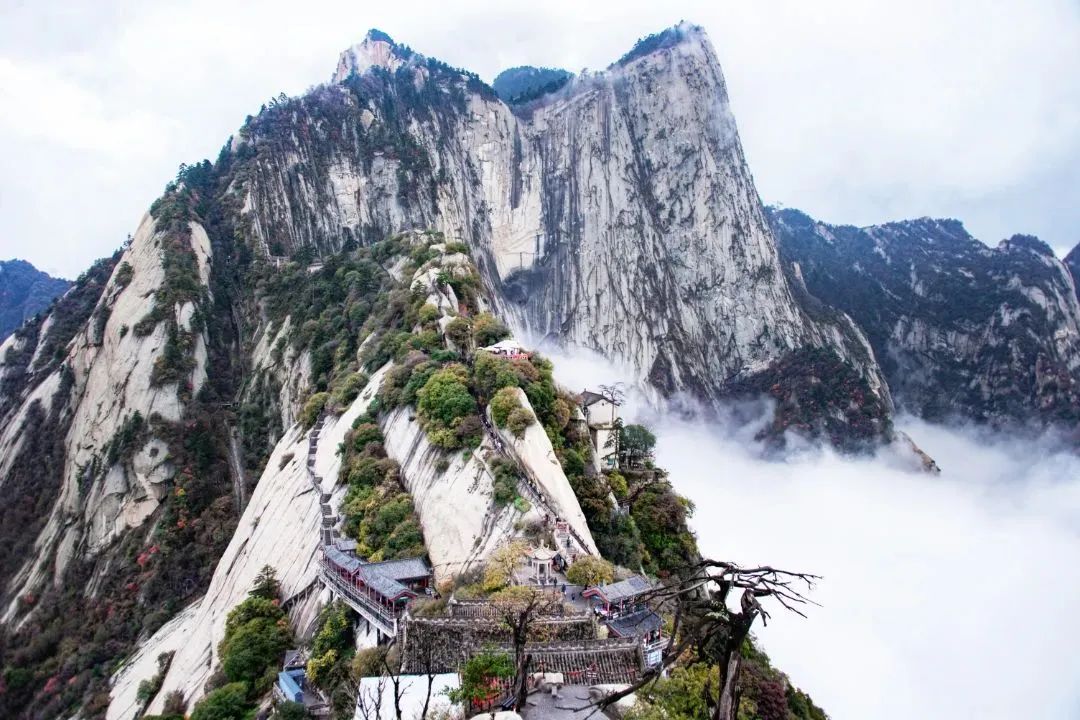
Photo Source: Baotu network
On Mount Hua, the view, the courtyard, the pavilion, are built according to the mountain. Just like the pavilion in the air, and the ancient pines set against each other, is unique; Beautiful mountains, but also different images; The gurgling water of the valley road and the curtain waterfall of the mountain stream are more interesting.
The world's first pass: Shanhaiguan
Shanhaiguan, located at the eastern end of the Ming Great Wall, is the only place where it meets the sea. To the north is the west section of Liaoxi Corridor, the terrain is very dangerous, for the ancient Jieshi, so historians also called it "Jieshi road". Guancheng leans on Yanshan Mountain in the north and Bohai Sea in the south, so it was named Shanhaiguan, where the Hebei and Liao Dynasties demarcated.
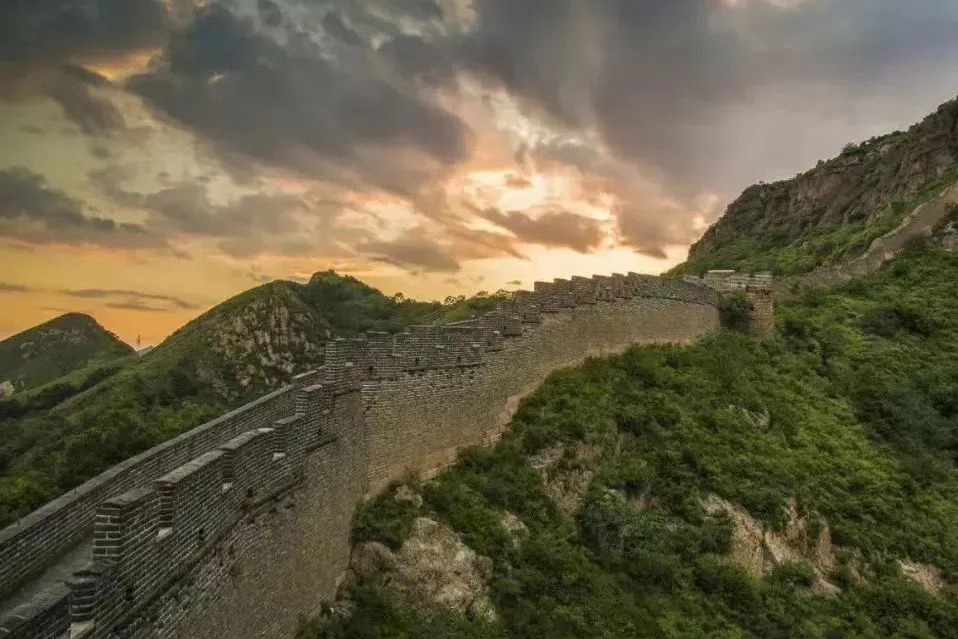
Photography is by Wang Jinlei
Shanhaiguan is one of the three wonders of the Great Wall of China. It is known as "the throat of the border county and the guarantee of the capital", which shows the strict architectural style of urban defense in ancient China.
The world's first temple: the White Horse Temple
In the eastern suburbs of Luoyang City, Henan Province, in a lush forest of ancient trees, there is a White Horse Temple, known as "the first ancient temple in China". Built more than 1,900 years ago between the mountains and the waters of Luoshui, the temple draws crowds with its majestic pavilions and towering pagolas.
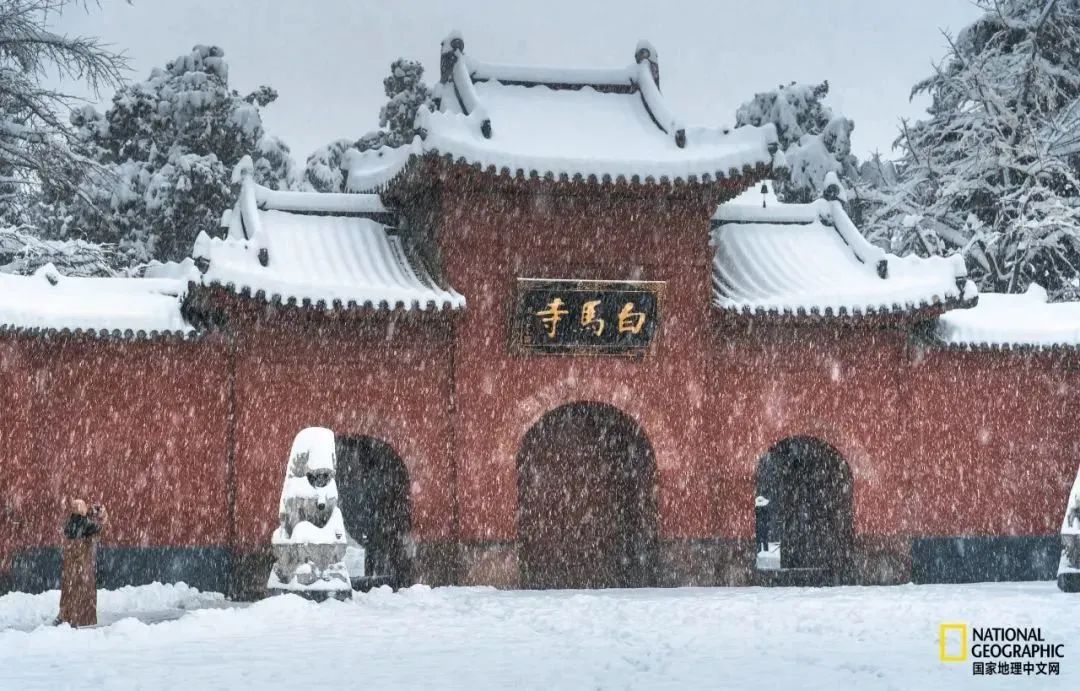
Photo: National Geographic Chinese Website
The White Horse Temple is the first ancient temple in China and the world famous gamma Blue temple. It was built in the eleventh year of Yongping of the Eastern Han Dynasty (AD 68). It was the first government-run temple built after the introduction of Buddhism into China.
The world's first grottoes: Mogao Grottoes
The Mogao Grottoes are located at the western end of the Hexi Corridor in Dunhuang. It is a group of Buddhist grottoes with the longest continuous excavation time, the largest extant cave scale and the richest content in the world.
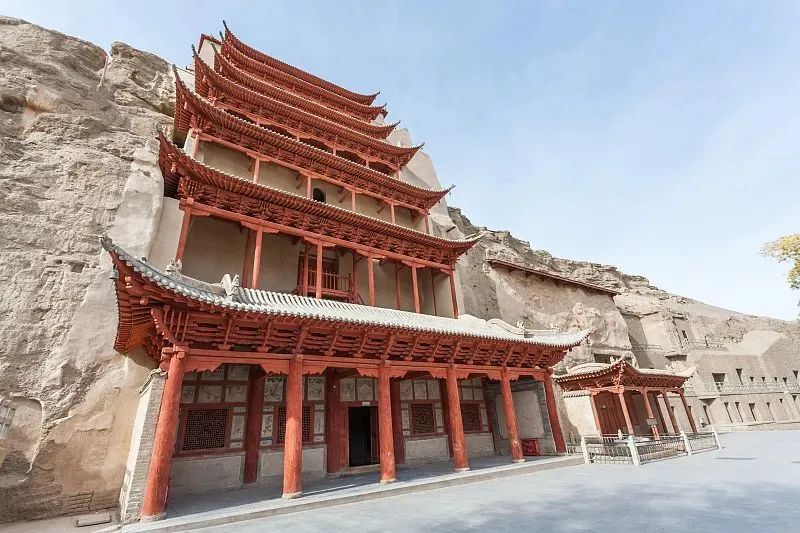
Photo: National Geographic BOOK of China
Each grottoes in the Mogao Grottoes is a three-in-one comprehensive art of cave architecture, color sculpture and painting. Now there are 735 caves, preserving more than 45,000 square meters of murals, more than 2,400 painted sculptures, and 5 eaves of wooden grottoes in the Tang and Song dynasties, which is a miniature of the development and evolution of Chinese grottoes art.
The world's first bridge: Zhaozhou Bridge
Zhaozhou Bridge is a milestone in the history of bridge construction in China, with a history of more than 1,400 years. It is the oldest, longest span and best preserved single-aperture open-shoulder stone arch bridge in the world, which has a profound influence on the bridge construction of future generations all over the world.
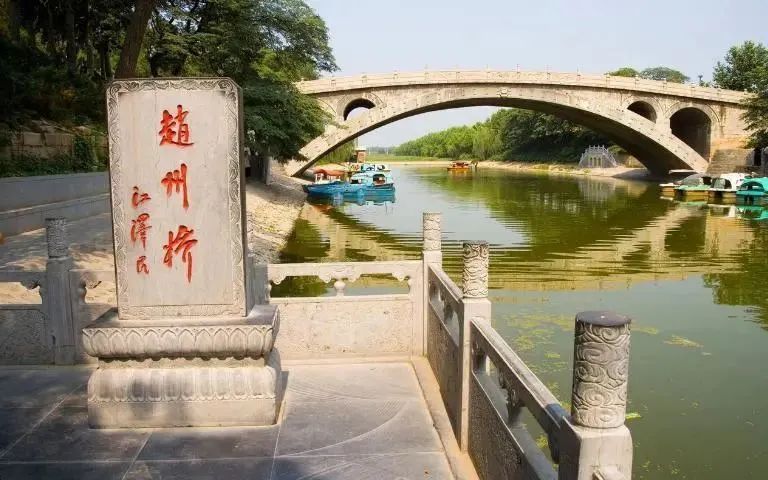
Photo source: network
The world's first tower: Yingxian Wooden Tower
Yingxian Wooden Tower, formerly known as Shakya Pagoda, was built in 1056. It is the only remaining wooden tower in China and the world's largest wooden tower. It is also known as "the world's three major chittas" along with Eiffel Tower and Leaning Tower of Pisa in Italy.
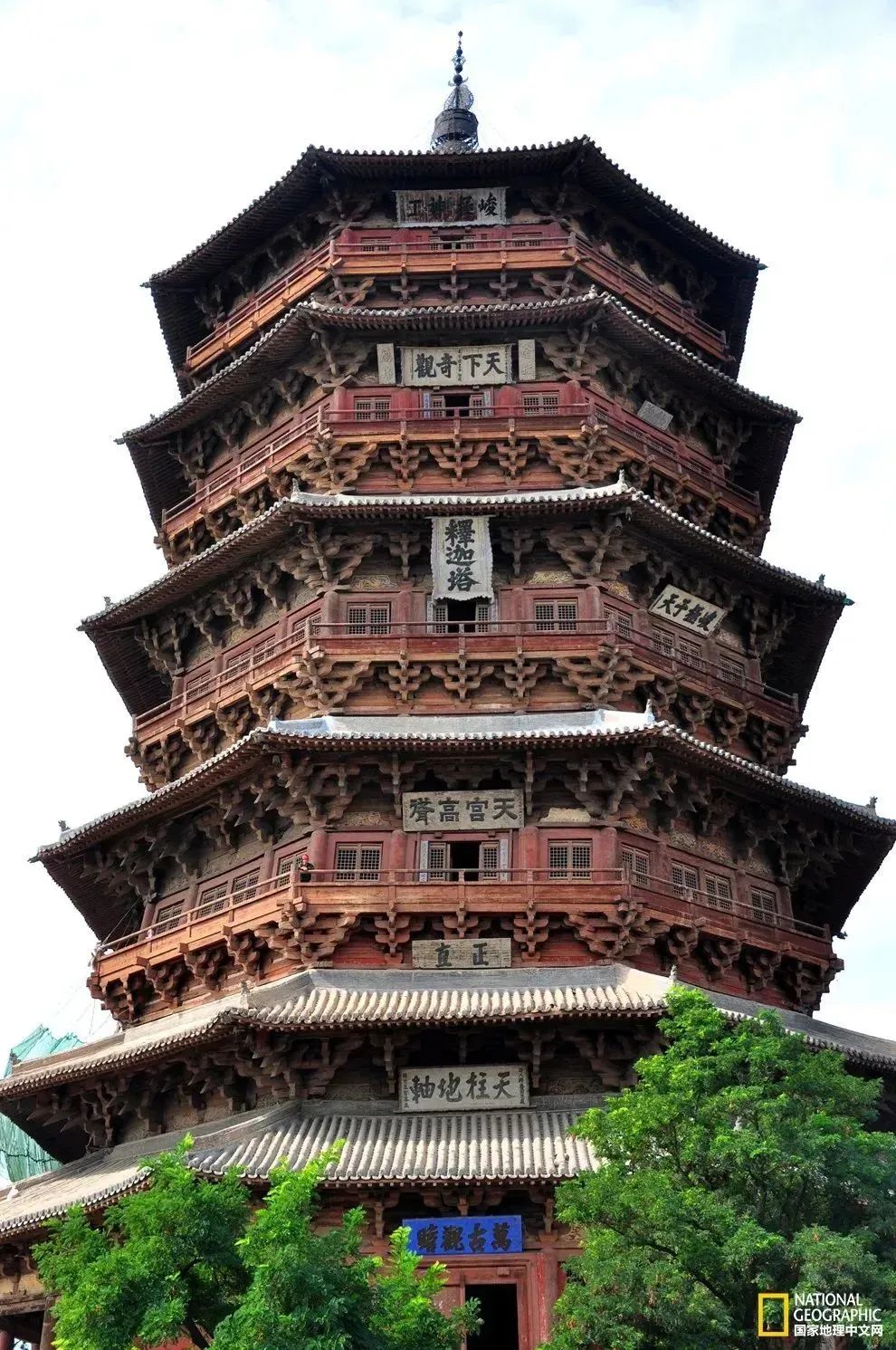
Photo: National Geographic Chinese Website
The world's first village: Zhou Village
Zhou Village was a handicraft and commercial town in the economic transformation of the late feudal society. It developed into an important business town in northern China in the Ming and Qing Dynasties and was known as "the first village in the world".

Photo source: Zhou Village Business
Zhoucun ancient commerce was developed on the basis of various handicraft industries, agricultural and sideline industries. Silk weaving is a traditional craft with a long history. Mulberry planting and sericulture prevailed in the countryside, and the silk, ayanling, silk, satin and silk produced were distributed in Zhoucun, thus promoting the prosperity of other handicraft industries and commerce.
The world's first beautiful water: Qiandao Lake
The water in Qiandao Lake ranks first among the top quality water in China's great rivers and lakes. It is a national first-class water body and can meet drinking water standards without any treatment. It is known as "the best water in the world". Qiandao Lake blue waves Wan Qing, Qiandao competition show, there are many kinds of biological resources, cultural relics.

Photo source: Qiandao Lake Tourism














